Musicianly performances can’t quite compete with the finest

The Strad Issue: August 2024
Description: Musicianly performances can’t quite compete with the finest
Musicians: Gringolts Quartet, Lilli Maijala (viola)
Works: Brahms: String Quintets: no.1 in F major, no.2 in G major
Catalogue number: BIS BIS-2727 (SACD)
It is interesting that certain composers for whom the quartet wasn’t the most conducive medium often found their happy place in the string quintet, Mozart and Brahms foremost among them.
The latter’s F major Quintet (1882) is among his most lyrical works, its melodicism enhanced here by Ilya Gringolts’s honeyed tone and expressive use of portamento. Its three-movement layout – unique in Brahms’s chamber music – stems from the dual nature of the central movement, rapt and rich-toned in its Grave sections, liltingly playful in its scherzo episodes. Compare the Nash Ensemble in the identical pairing, however, for a performance with a touch more driving impetus and a more penetrating approach to the rhetorical shaping of the finale’s counterpoint.
Read: Sentimental Work: Ilya Gringolts on Dvořák’s Romance in F minor
Read: Ilya Gringolts and Ilan Volkov create organisation to match performers and composers
Brahms intended the G major Quintet (1890) as his final work, and so it remained until he famously found himself seduced by the liquid tones of the clarinet. The irresistible opening sets the scene with its upper-string alarums, the cello theme, vaulting across the instrument’s range, taken commandingly by Claudius Herrmann. Again, though, the more outgoing Nash recording captures more persuasively the expectancy of Brahms’s Schubertian tremolos and the enigmatic development, resulting in a greater sense of catharsis at the recapitulation. Gringolts and co. are fully at home, though, in the more halting discourse of the middle movements and the infectious folksiness of the finale. BIS’s realistic, panoramic sound is a strong attraction but the Nash coupling delves deeper into the mysteries and miracles of this music.
DAVID THREASHER


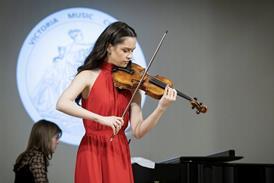




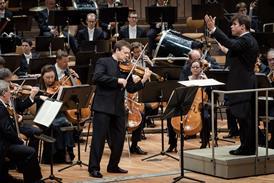






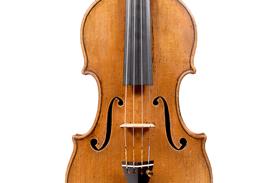
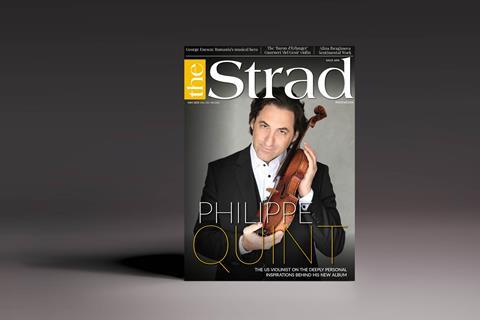




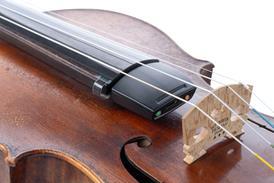














No comments yet